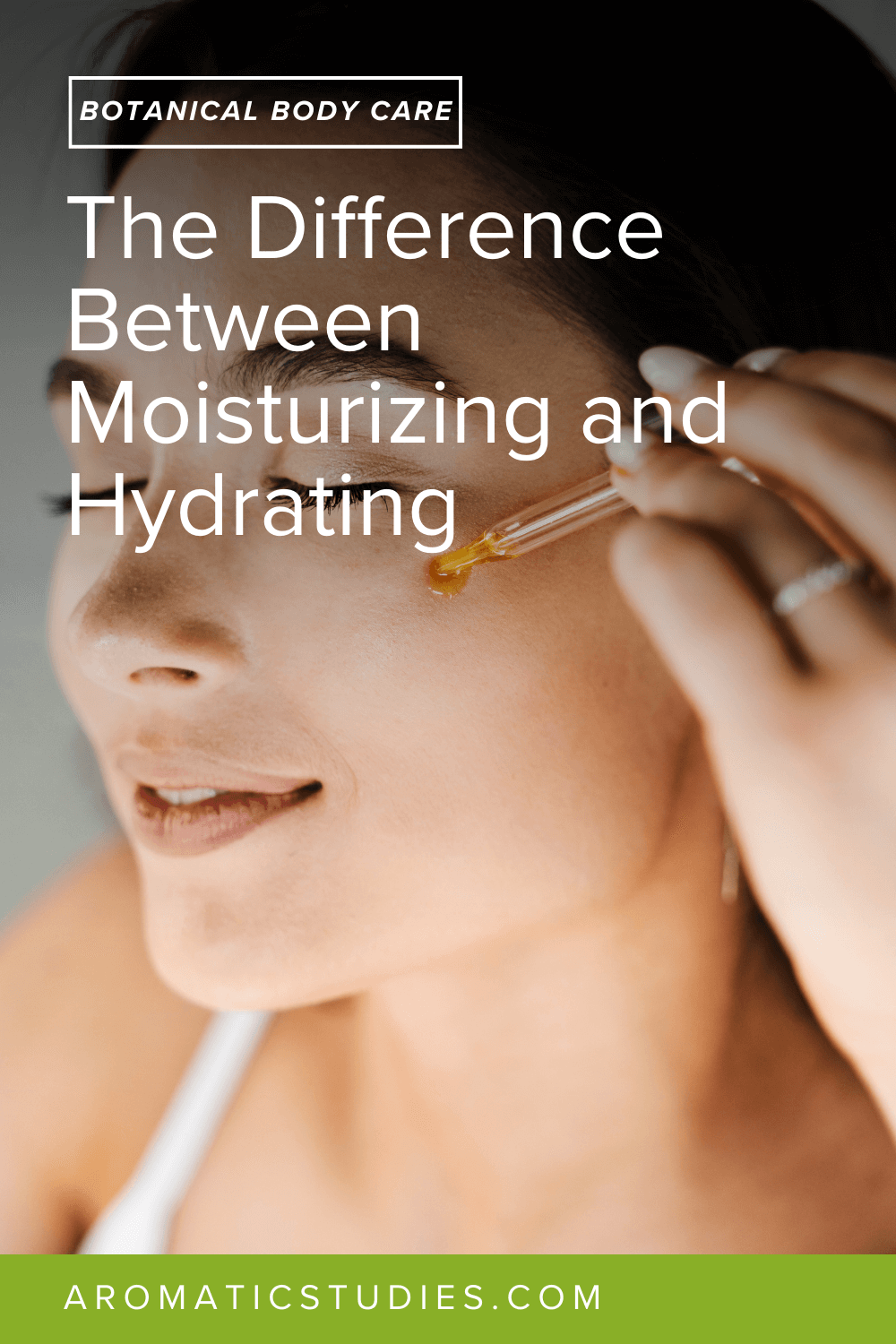The Difference Between Moisturizing and Hydrating: What Your Skin Really Needs
When it comes to skincare, the terms “moisturizing” and “hydrating” are often used interchangeably. However, they actually refer to two distinct processes that address different issues in the skin. Understanding the difference between moisturizing and hydrating, as well as the role of emollients and humectants, can help you better care for your skin and keep it looking healthy and radiant.
Let’s start with some basics about skin anatomy and physiology. Your skin is made up of three main layers: the epidermis (the outermost layer you can see), the dermis (the thick middle layer), and the hypodermis or subcutaneous layer (the deepest layer made of fat and connective tissue).
The epidermis itself is composed of five sub-layers, with the stratum corneum being the topmost layer exposed to the environment. The stratum corneum is often described as having a “brick and mortar” structure, with the “bricks” being dead, flattened skin cells called corneocytes, and the “mortar” being a matrix of lipids (fats) surrounding the cells.
This structure is essential for the skin’s barrier function. It helps prevent excessive transepidermal water loss (TEWL) from the deeper skin layers, while still allowing the skin to “breathe.” It also protects against external threats like irritants, allergens, and pathogens. Proper levels of hydration and moisturization are critical for maintaining the health and integrity of this barrier.
So what exactly is the difference between hydration and moisturization? To put it simply:
Hydration = water content of skin
Moisturization = oil content of skin
If your skin is dehydrated, it lacks water. It may feel tight, look dull, and show accelerated signs of aging like fine lines. Factors that can lead to skin dehydration include low humidity, not drinking enough water, excess caffeine or alcohol intake, and skin care products that strip the skin.
If your skin is dry, it lacks oil. This is often a skin type you’re born with due to underactive sebaceous glands. Dry skin produces less sebum (skin’s natural oils) so it’s prone to flakiness, rough texture, and irritation.
It’s possible for skin to be both dehydrated and dry at the same time. But you can also have dehydrated skin that is still oily.
Proper skin care requires addressing both the hydration and moisture levels in the skin. This is where humectants and emollients come in.
